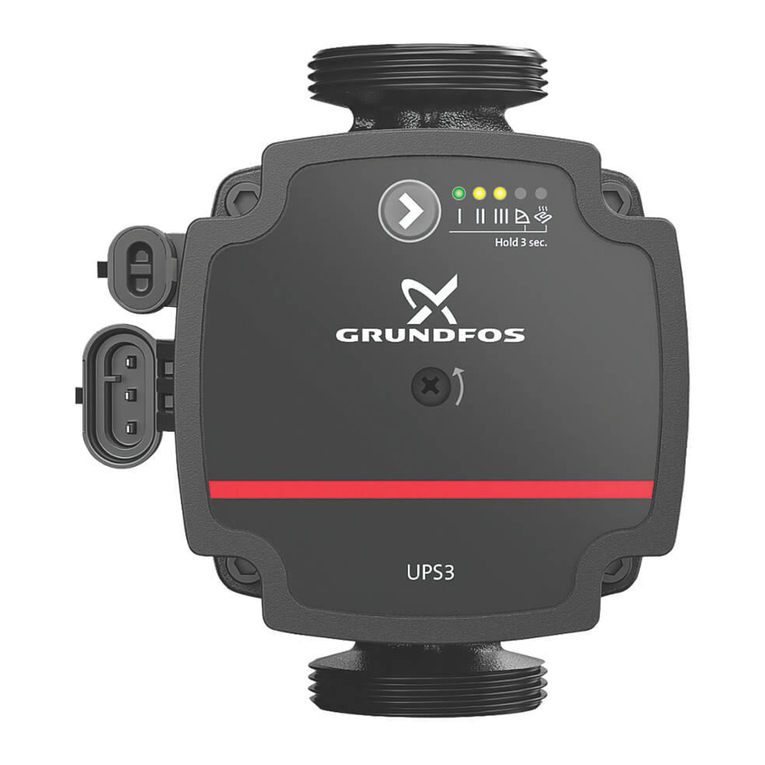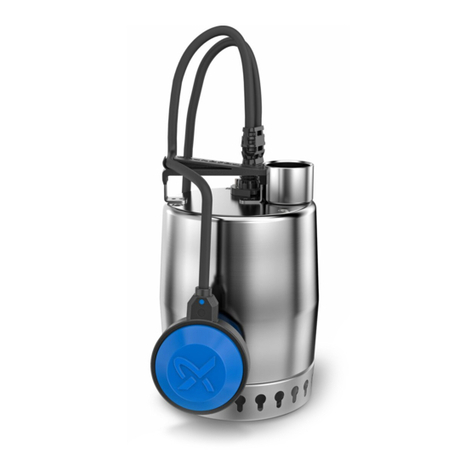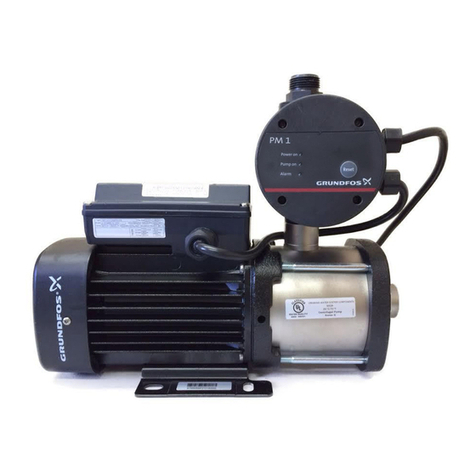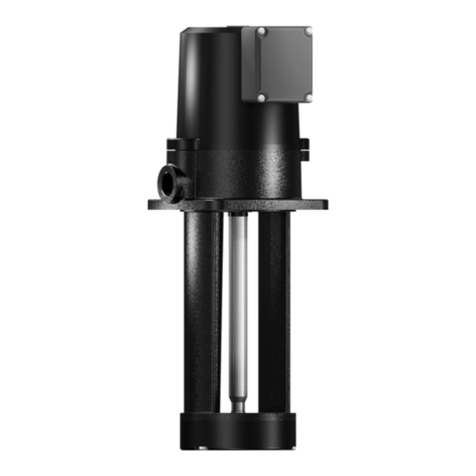Grundfos TPE 3 Series User manual
Other Grundfos Water Pump manuals

Grundfos
Grundfos MAGNA3 25-100 (N) User manual
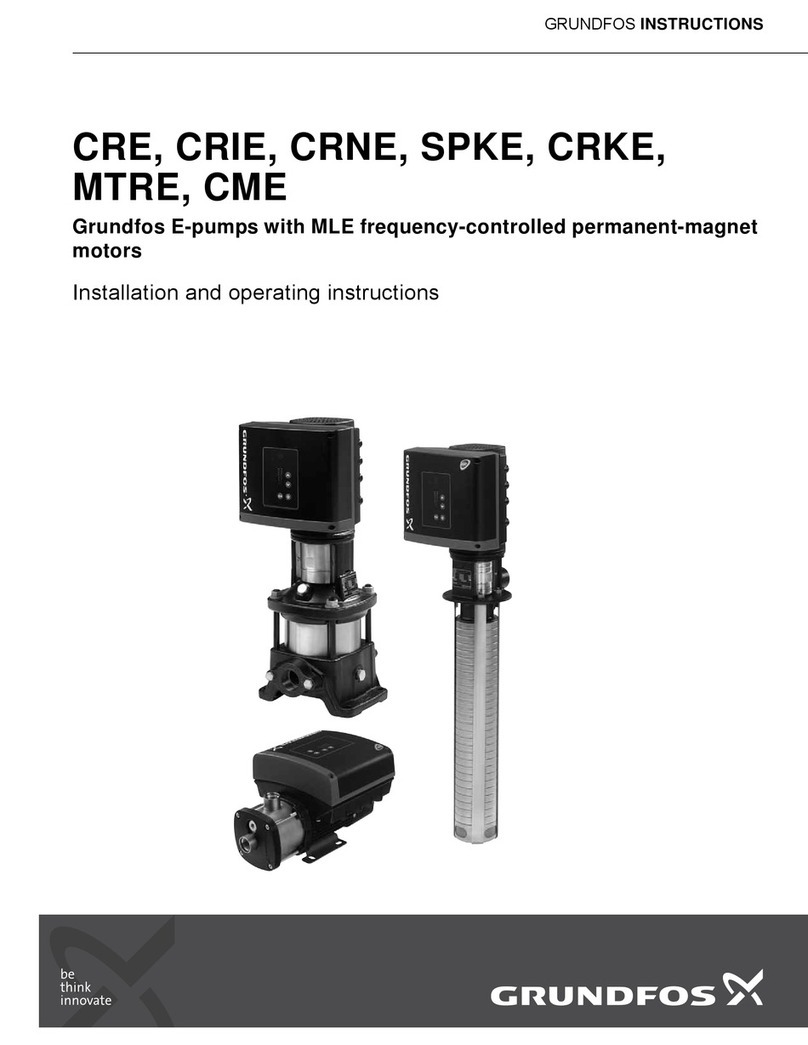
Grundfos
Grundfos CRE Series User manual
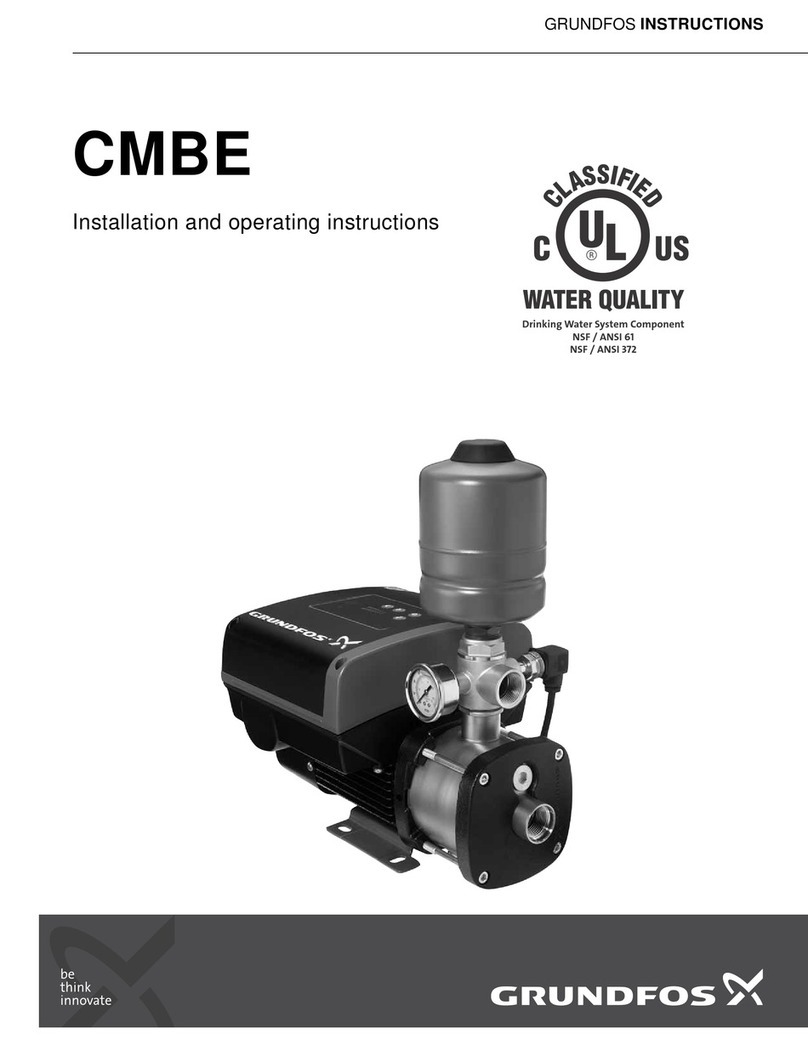
Grundfos
Grundfos CMBE User manual

Grundfos
Grundfos DMH 25 Series User manual
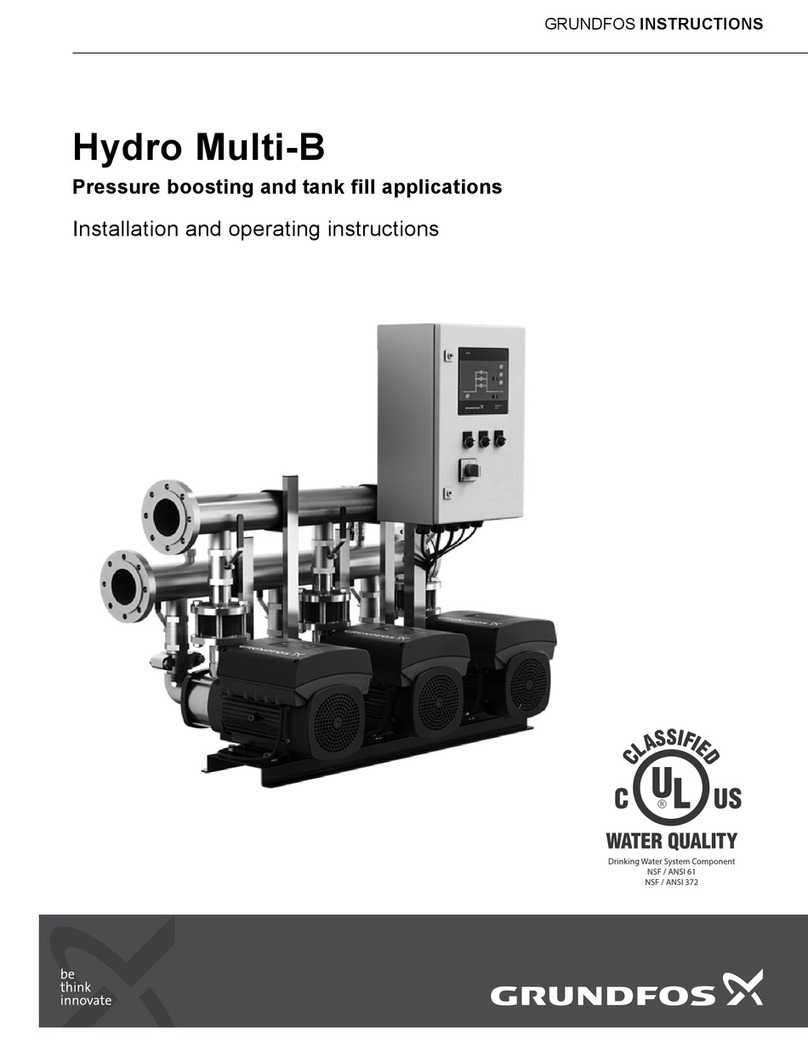
Grundfos
Grundfos Hydro Multi-B User manual
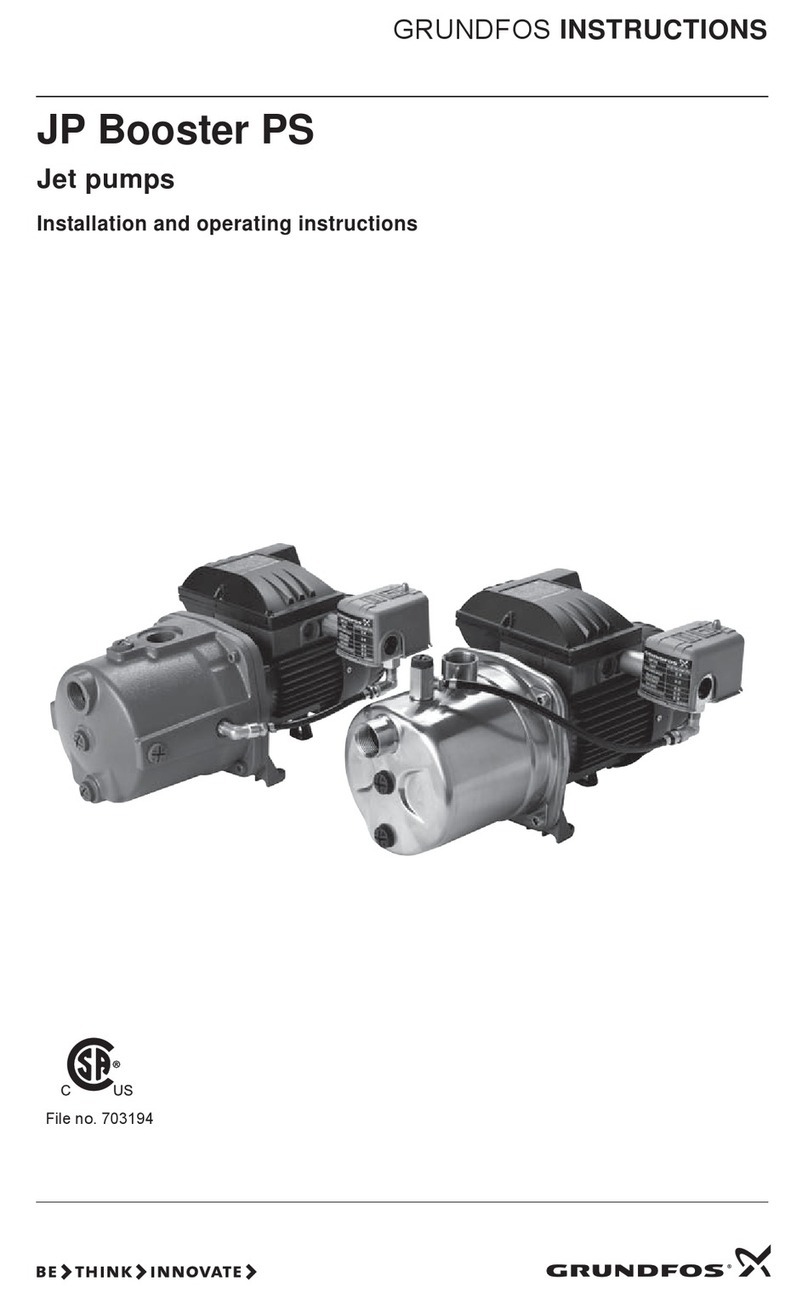
Grundfos
Grundfos JP Booster PS Series User manual
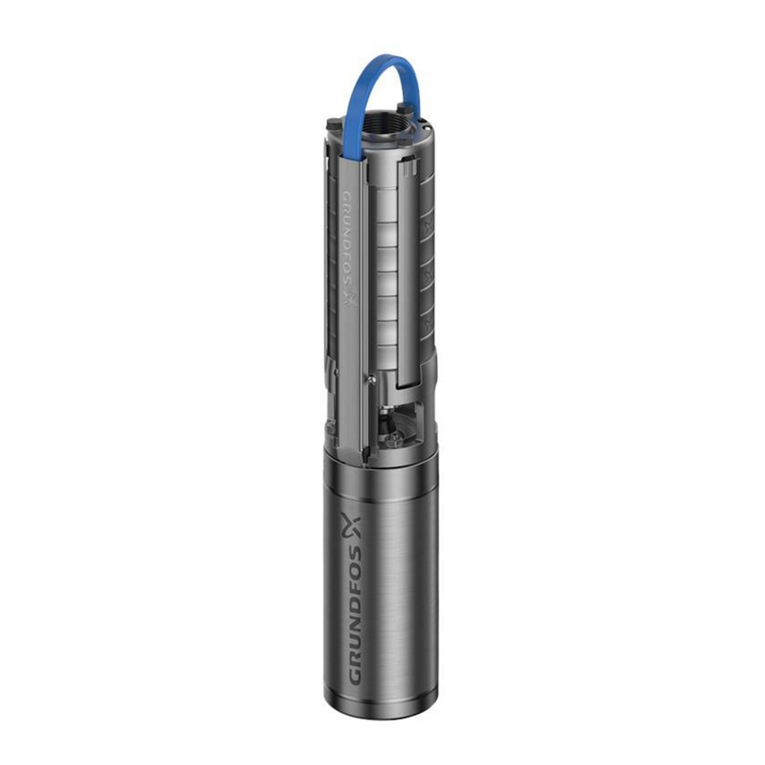
Grundfos
Grundfos SP User manual
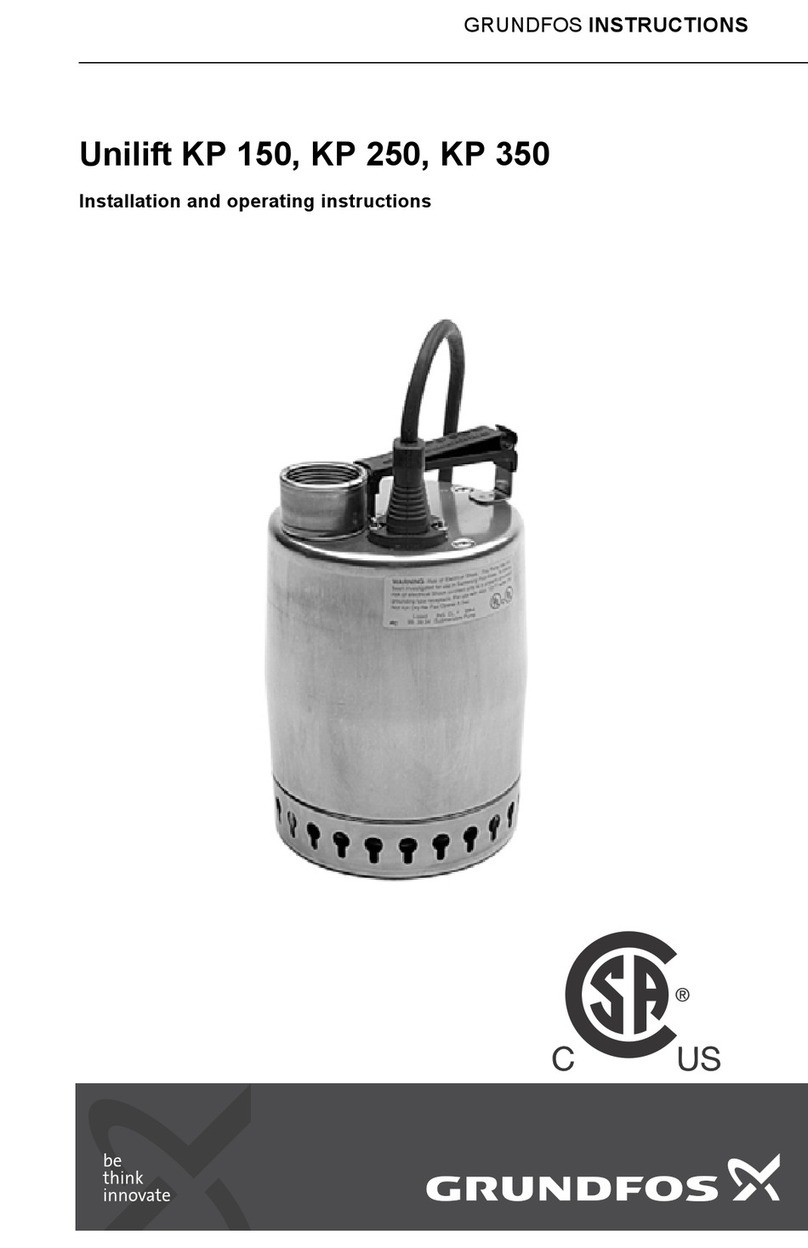
Grundfos
Grundfos Unilift KP 150 User manual
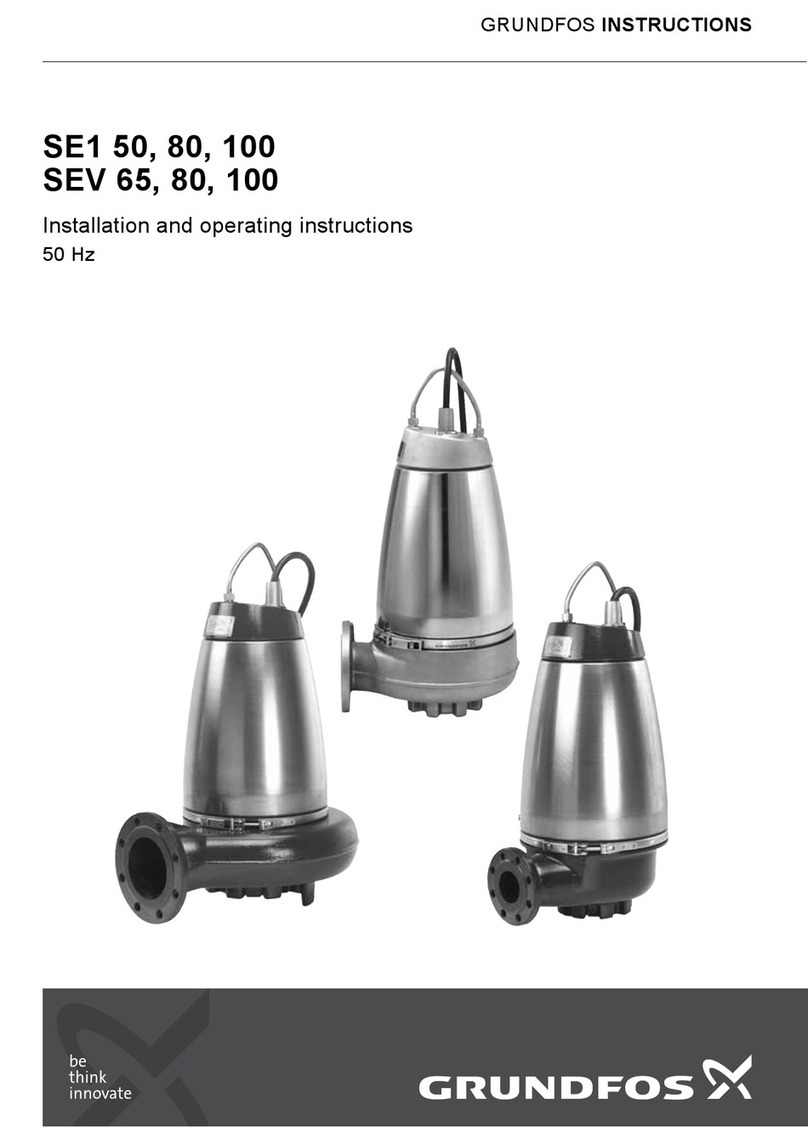
Grundfos
Grundfos SE1 50 User manual
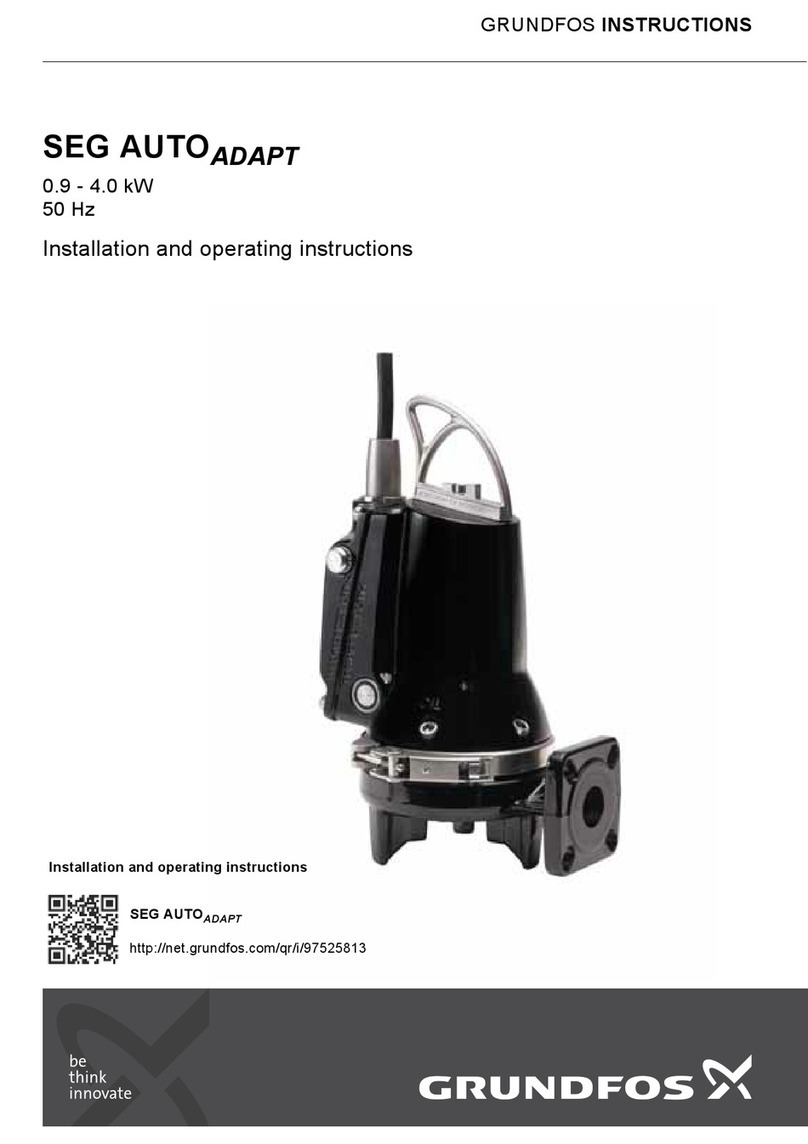
Grundfos
Grundfos seg autoadapt User manual
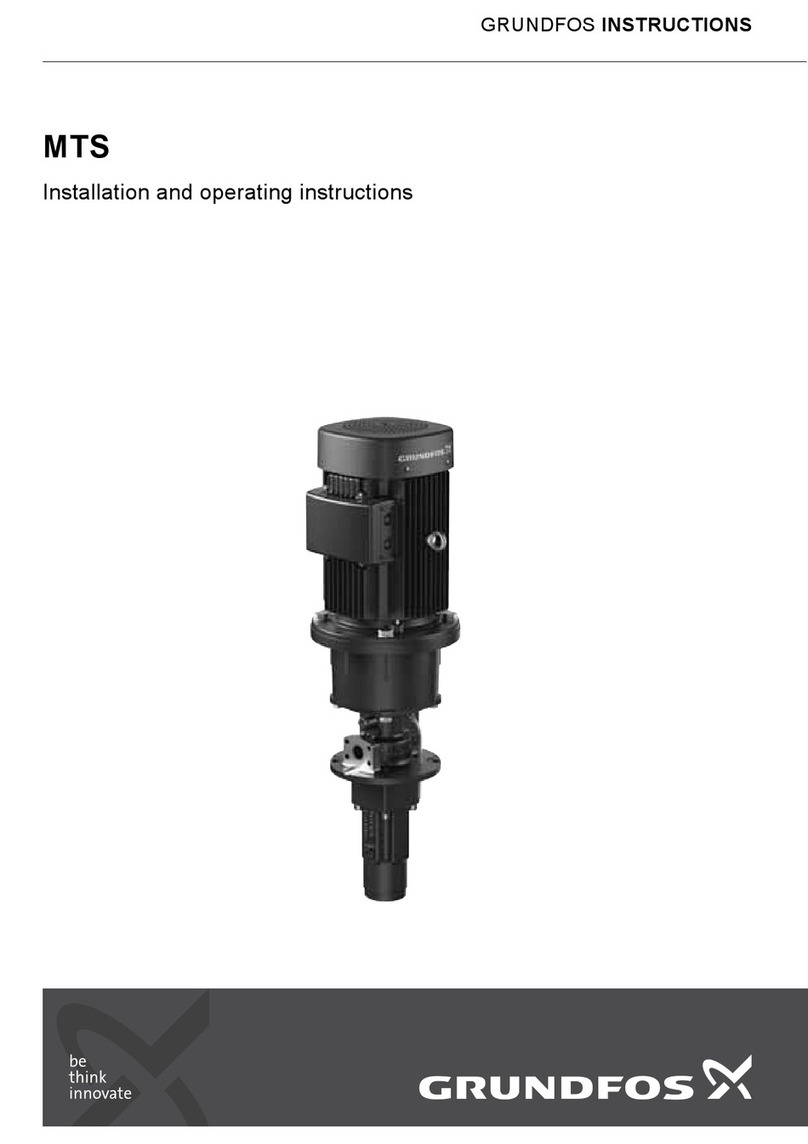
Grundfos
Grundfos MTS Series User manual
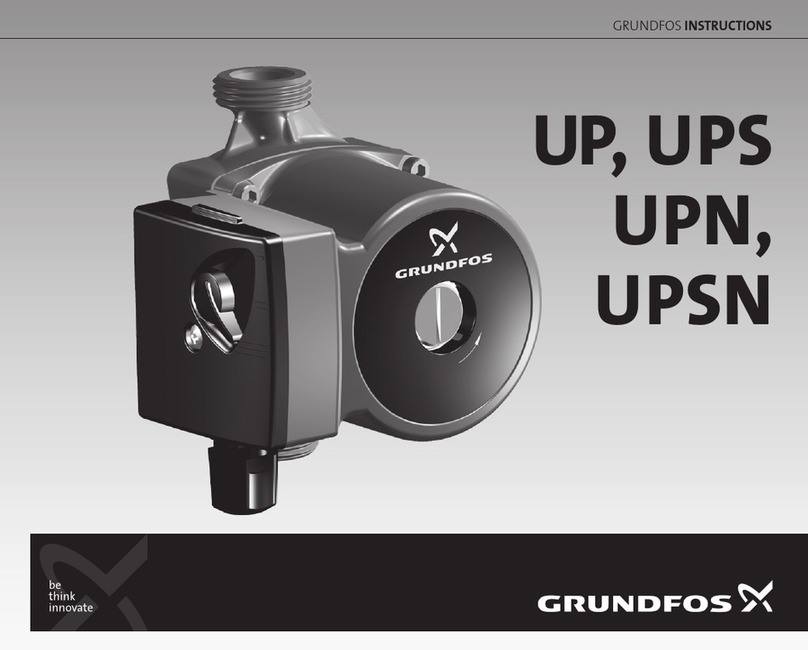
Grundfos
Grundfos UP User manual
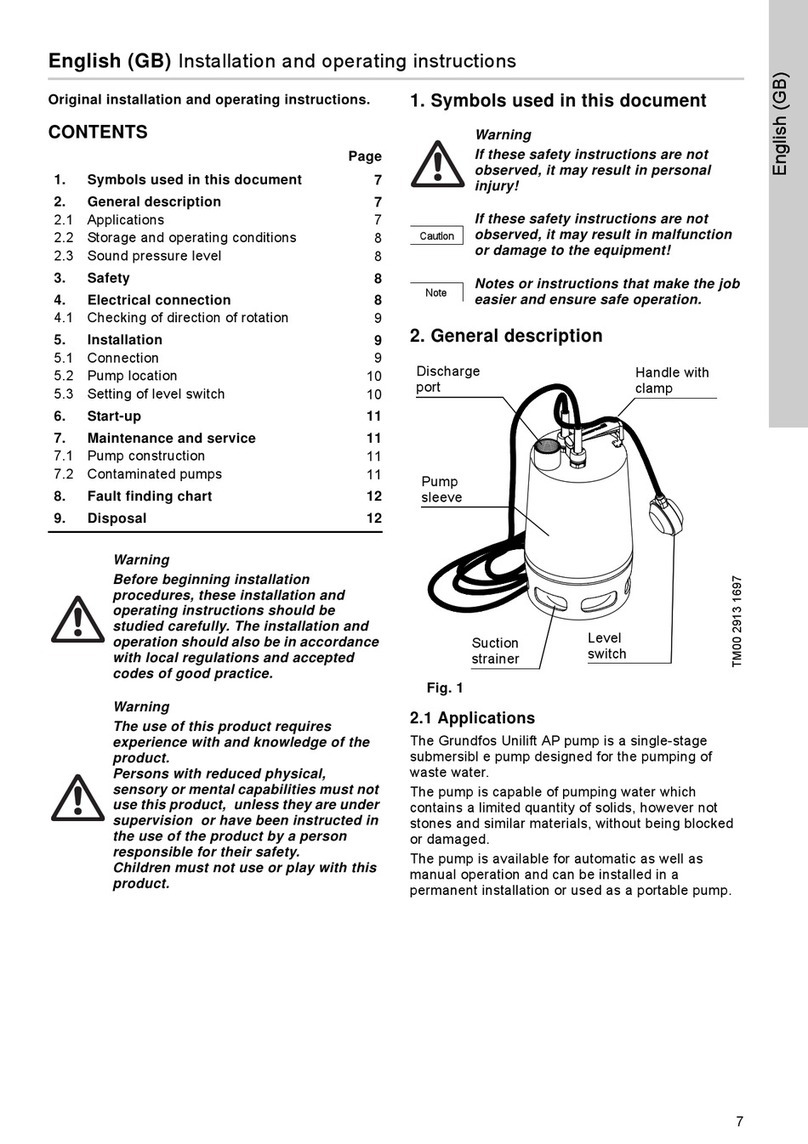
Grundfos
Grundfos Unilift AP12 User manual
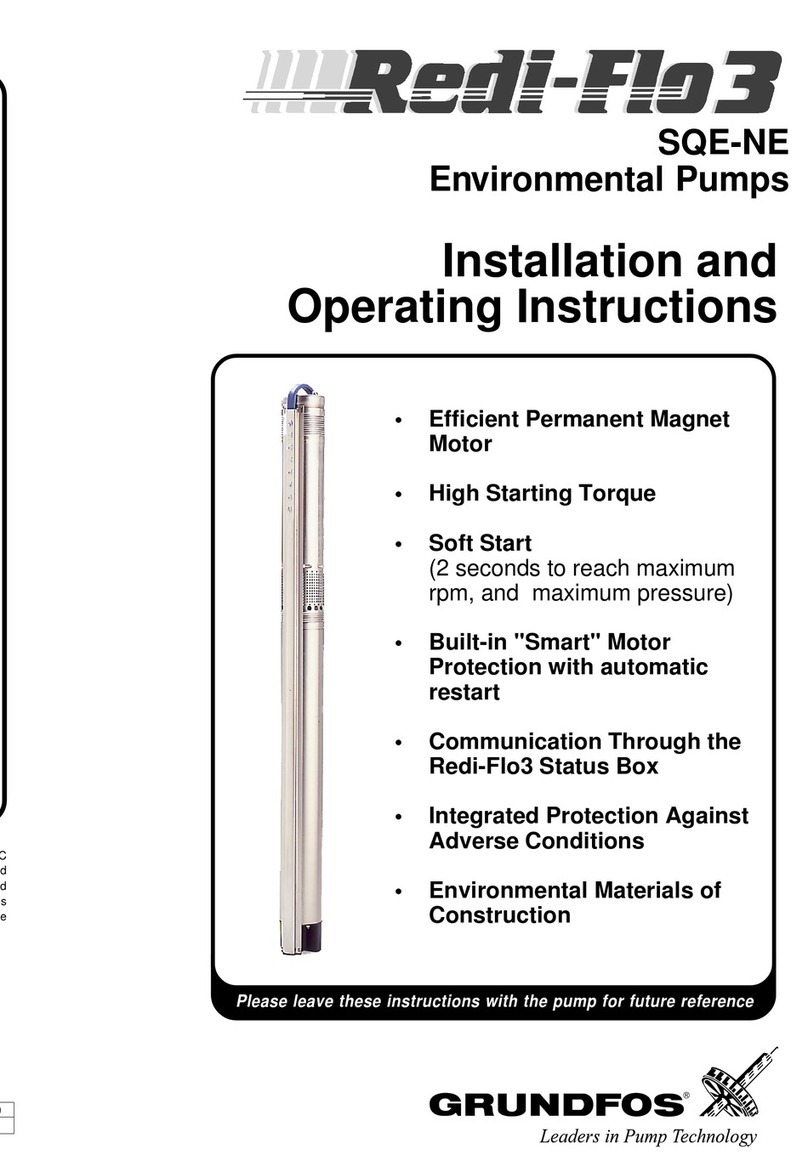
Grundfos
Grundfos Redi-Flo3 User manual
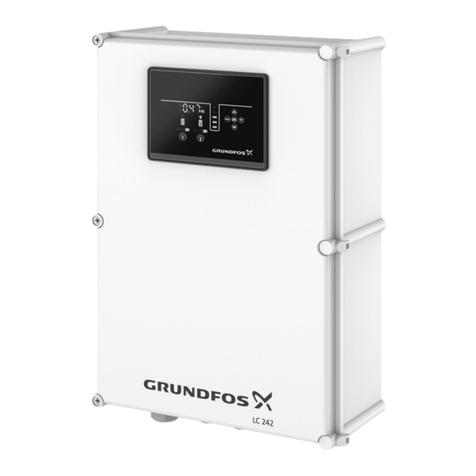
Grundfos
Grundfos LC 242 User manual
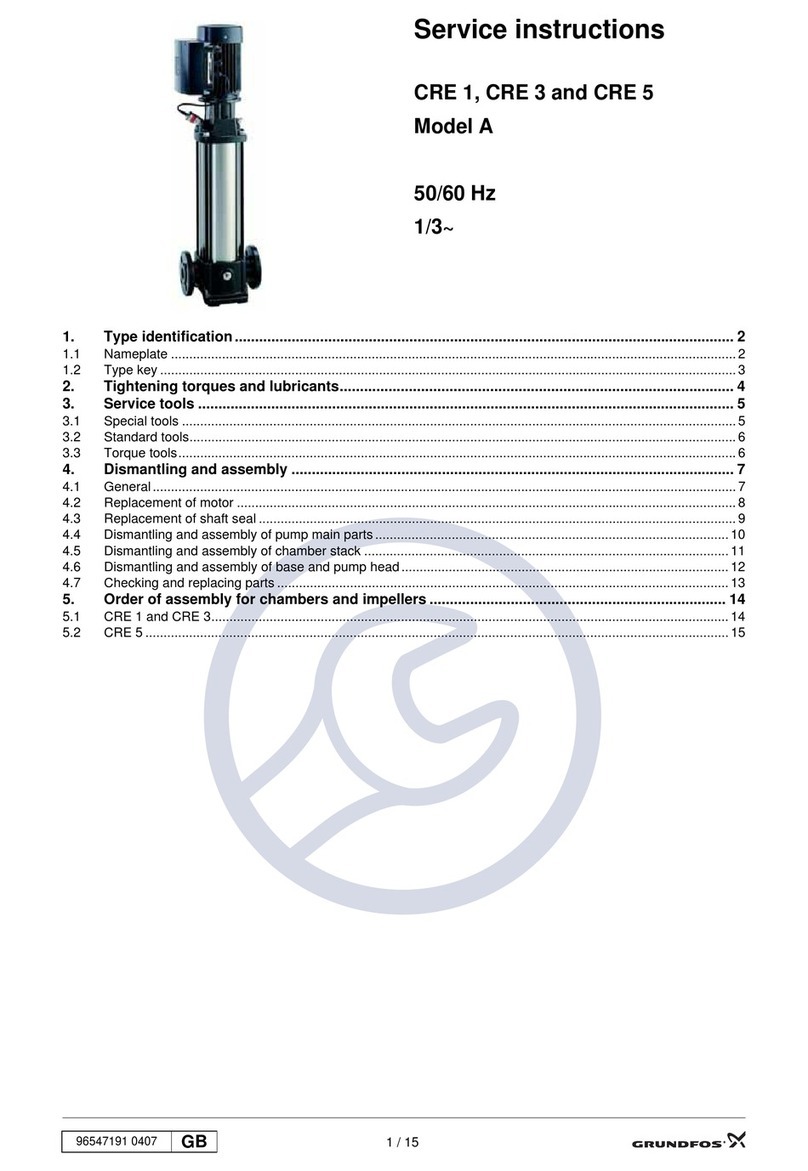
Grundfos
Grundfos A Series Operating instructions
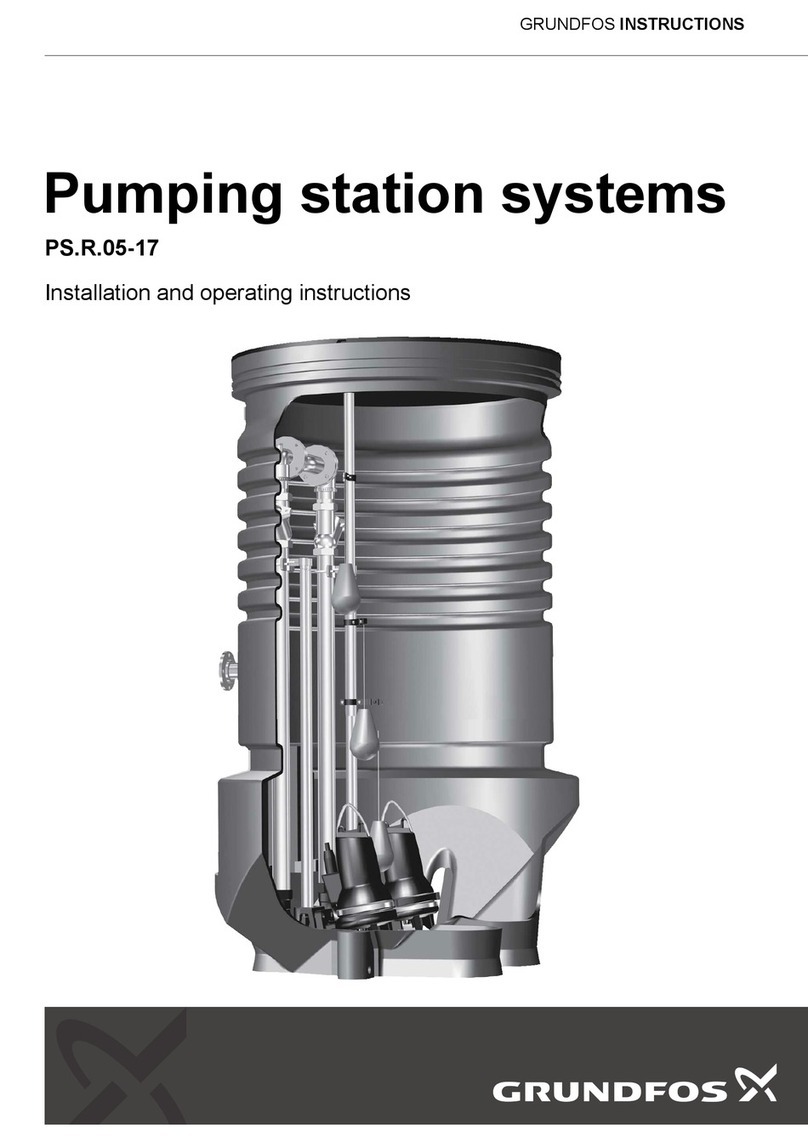
Grundfos
Grundfos PS.R.05-17 User manual

Grundfos
Grundfos CRN MAGdrive User manual
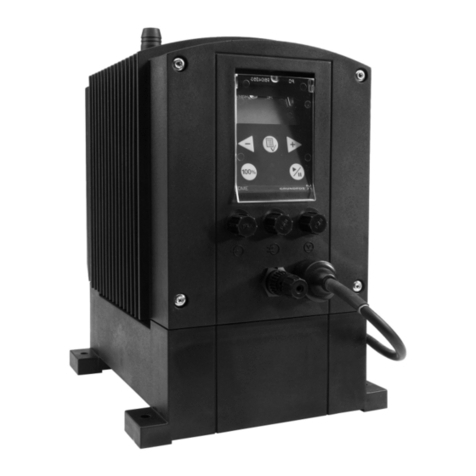
Grundfos
Grundfos DME 60 AR User manual

Grundfos
Grundfos SE1 50 Operating instructions
Popular Water Pump manuals by other brands
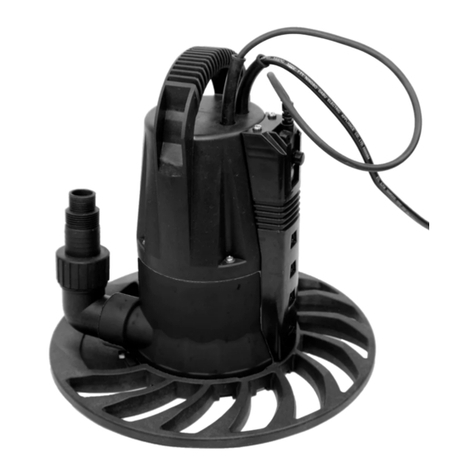
Watershed Innovations
Watershed Innovations HYDRAPUMP SMART FLEX Instructional manual
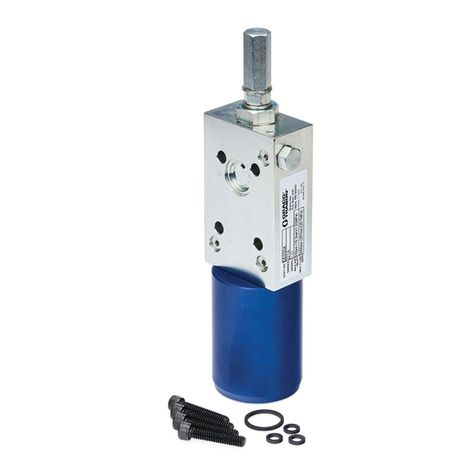
Graco
Graco Modu-Flo AL-5M instructions
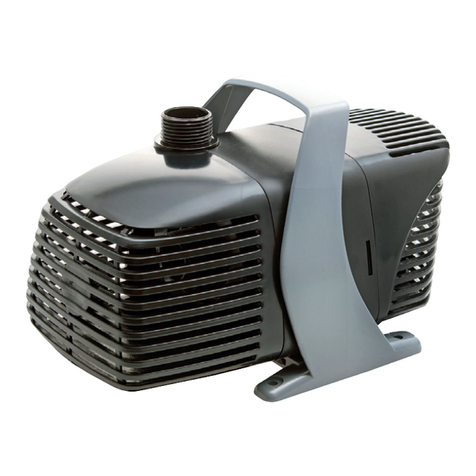
Messner
Messner MultiSystem MPF 3000 operating instructions
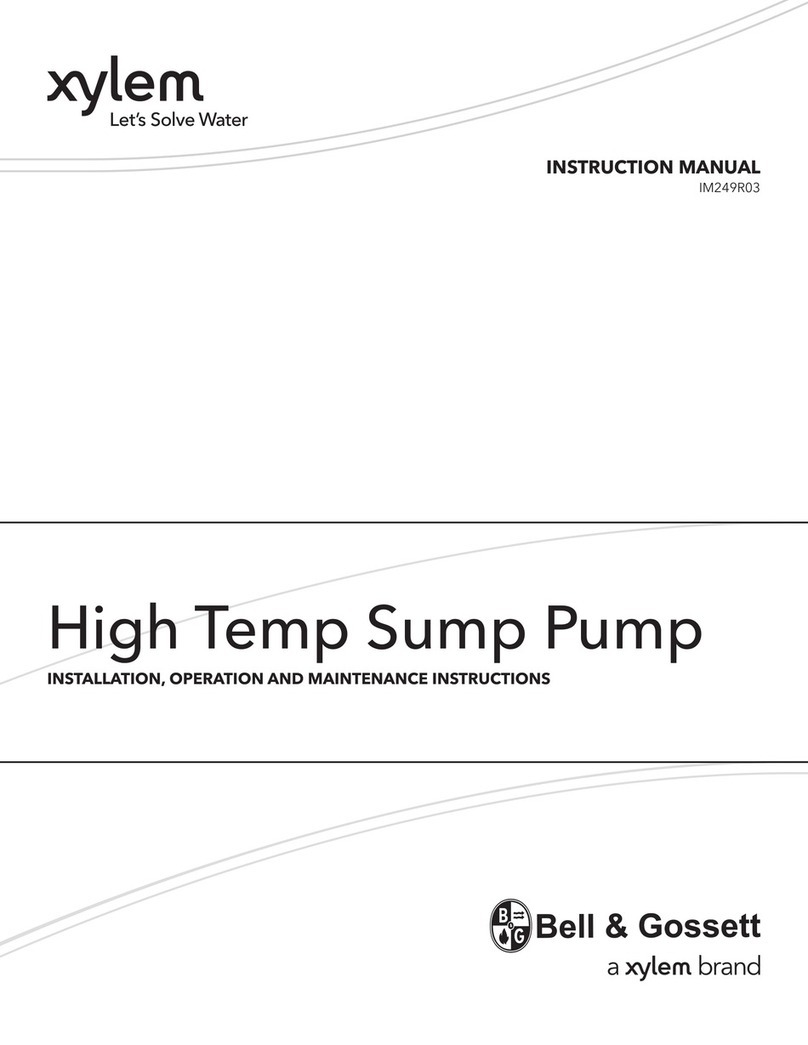
Xylem
Xylem Bell & Gossett WEHT0311M Installation, operation and maintenance instructions

WilTec
WilTec 50739 Operation manual

Franklin Electric
Franklin Electric Little Giant 555702 HRK-360S instruction sheet
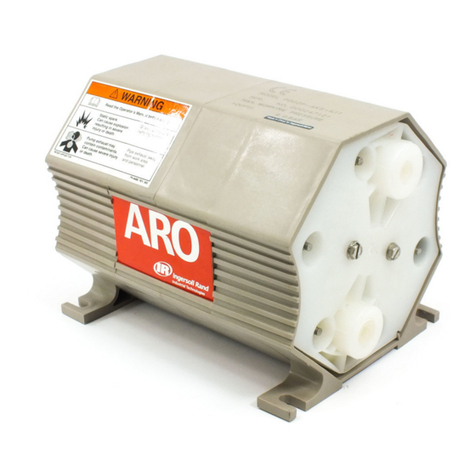
Ingersoll-Rand
Ingersoll-Rand PD02P Series Operator's manual
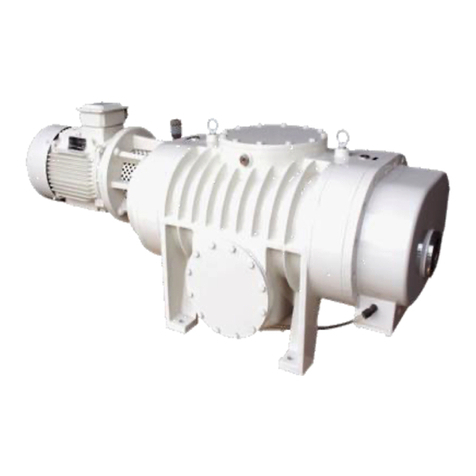
VS
VS ZJ Series Operating instruction
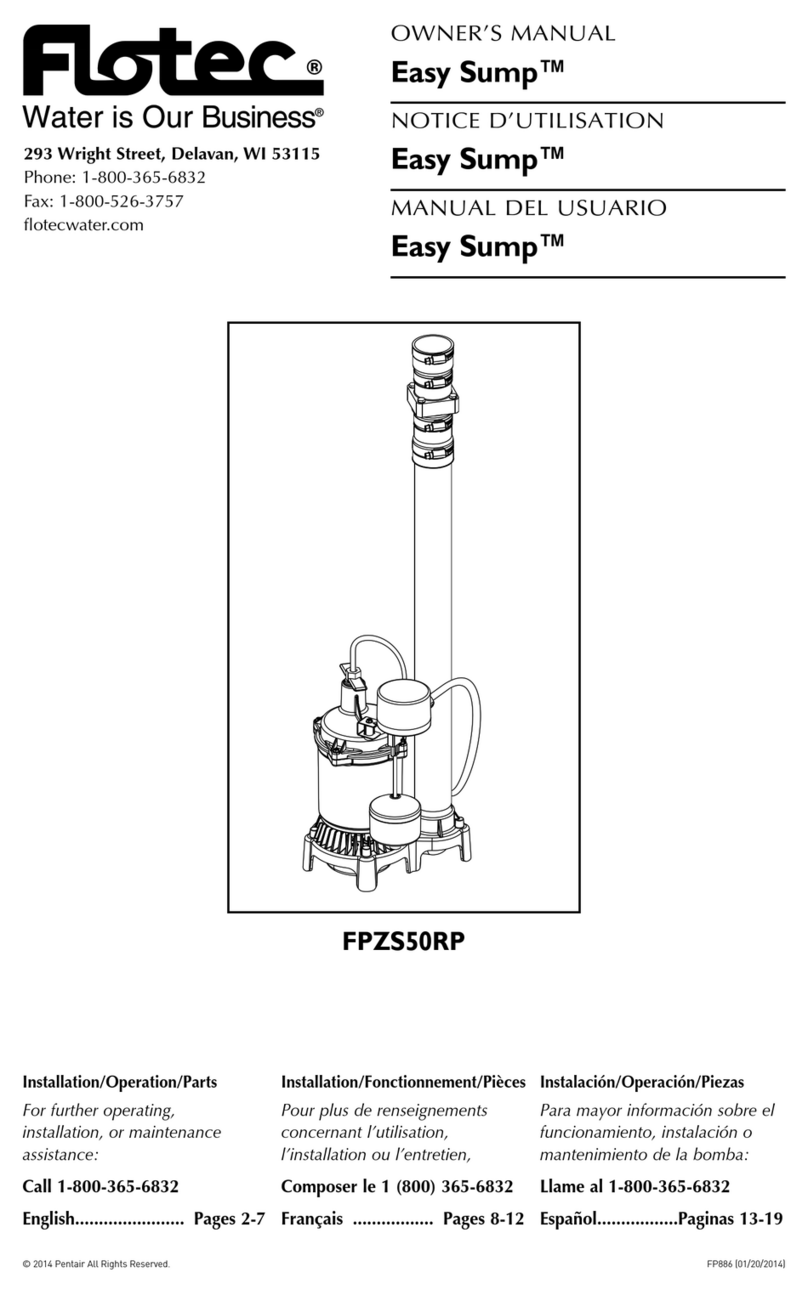
Flotec
Flotec FPZS50RP owner's manual

SKF
SKF Lincoln FlowMaster II User and maintenance instructions
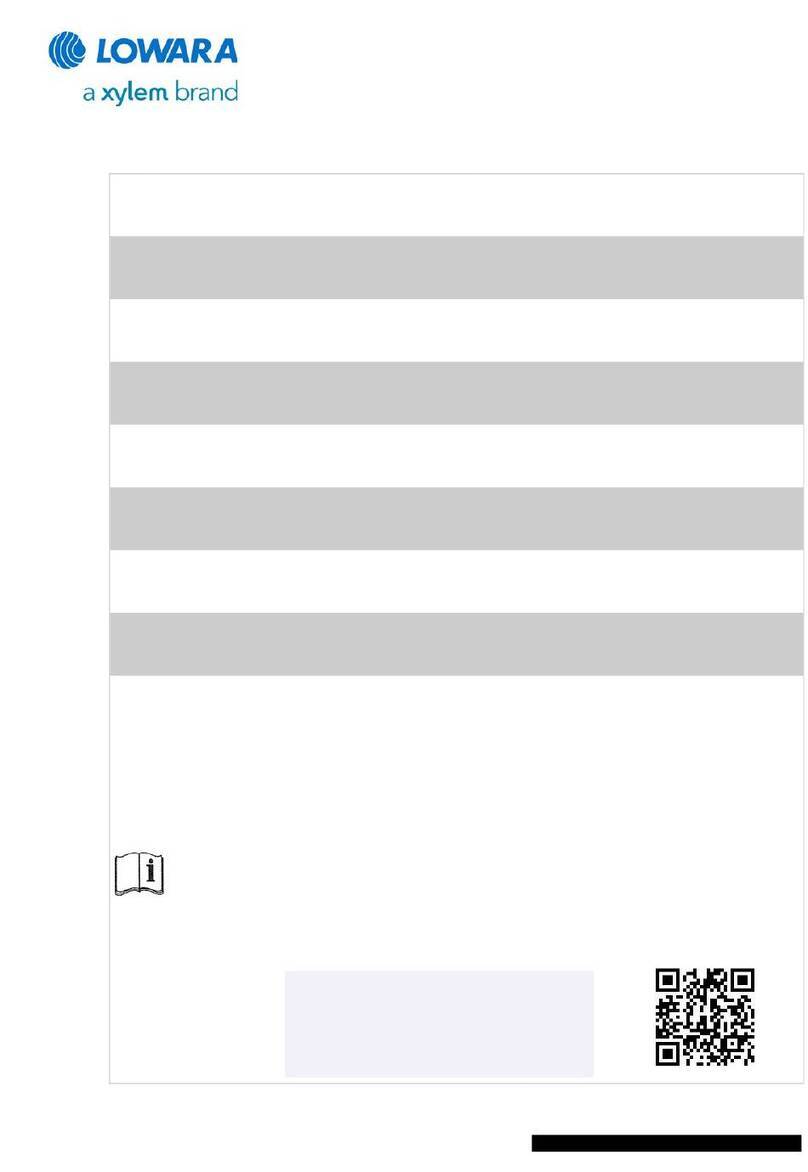
Xylem
Xylem Lowara LSB Series Installation, operation and maintenance instructions

Water
Water Duro Pumps DCJ500 Operating & installation instructions
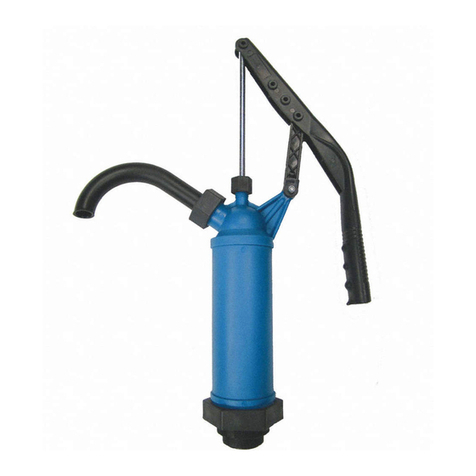
Action
Action P490 Operating instructions & parts manual

Flo King
Flo King Permacore Reusable Carbon Bag Disassembly. & Cleaning Instructions
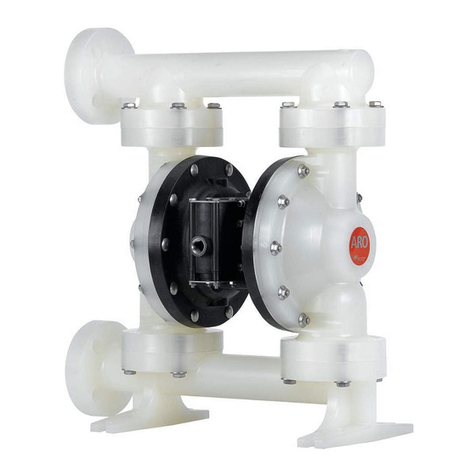
ARO
ARO ARO PD15P-X Operator's manual
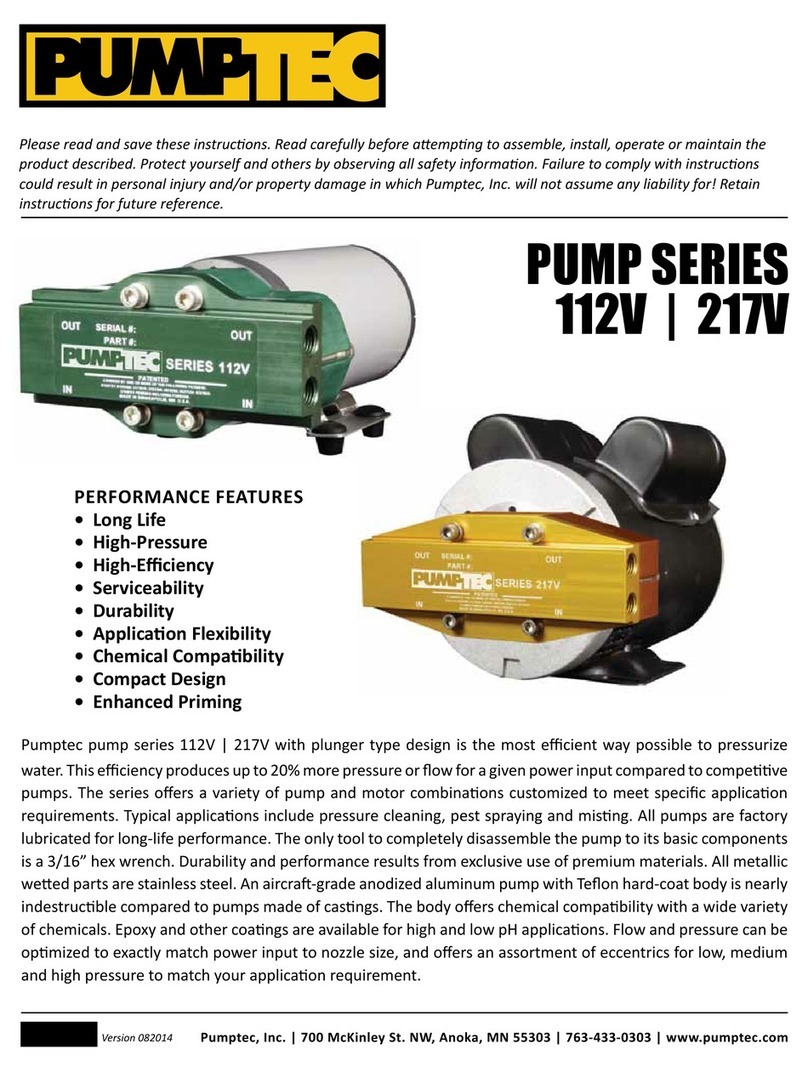
Pumptec
Pumptec 112V Series Operating instructions and parts manual
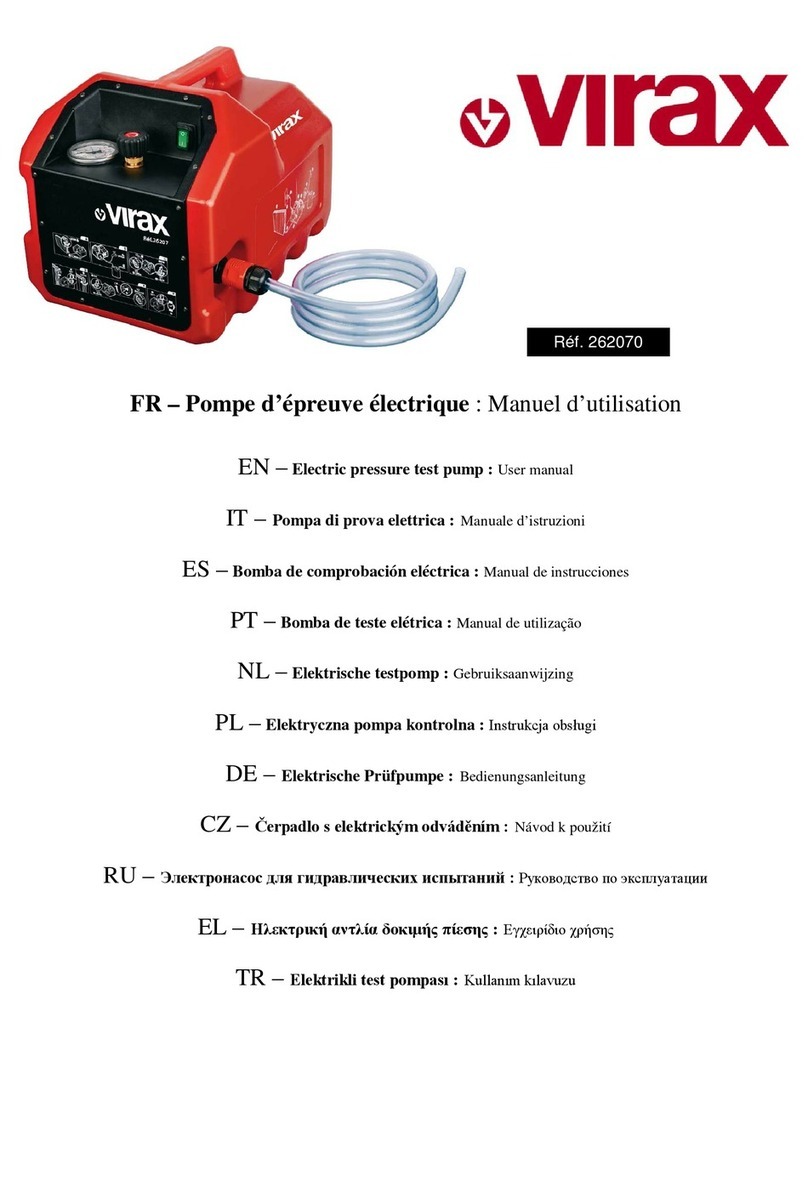
Virax
Virax 262070 user manual
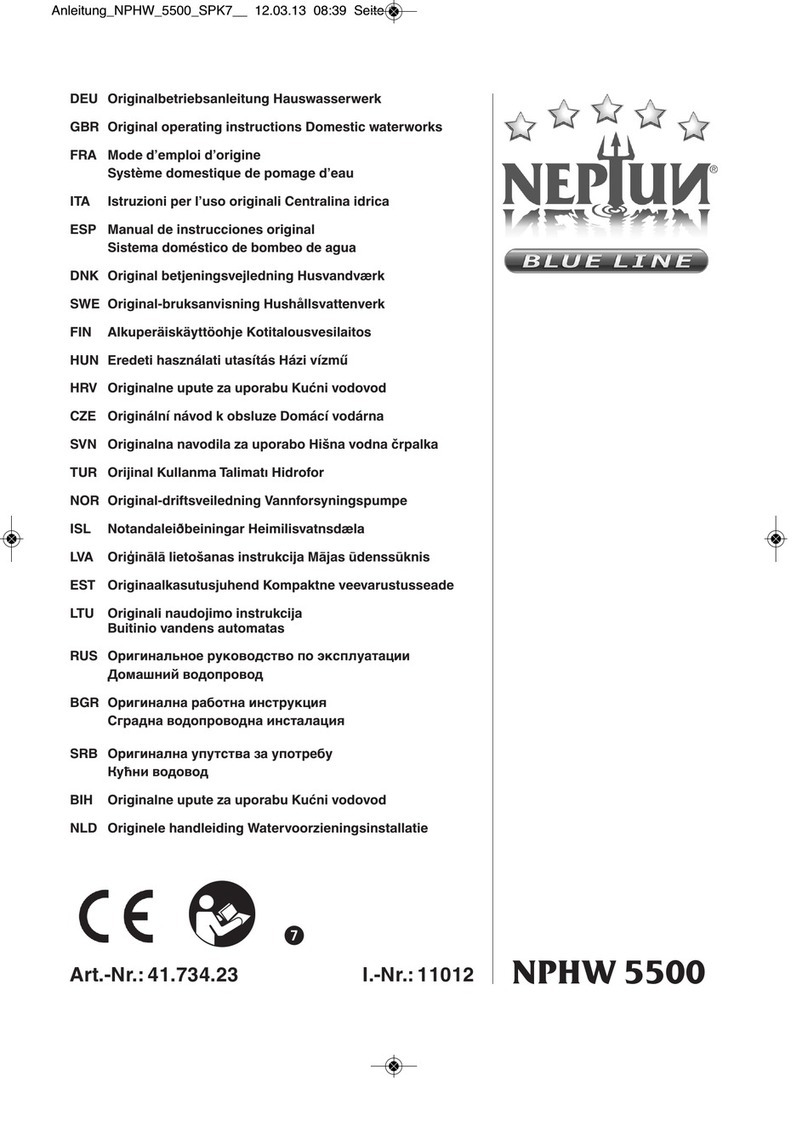
Neptun
Neptun NPHW 5500 operating instructions
